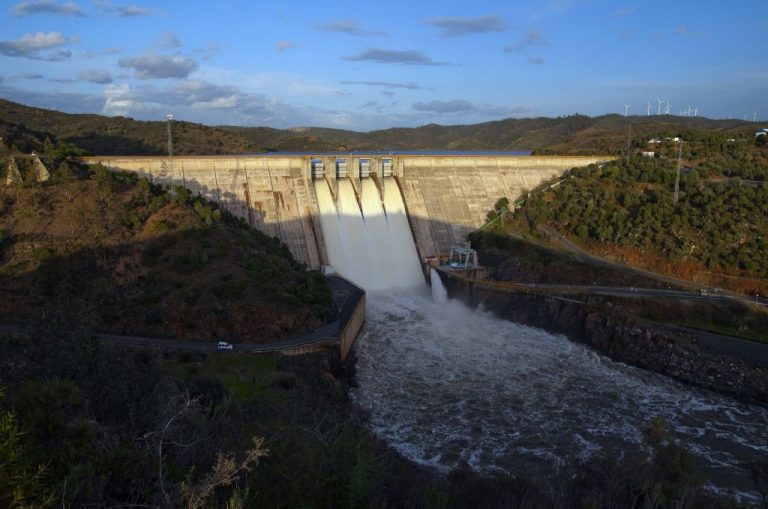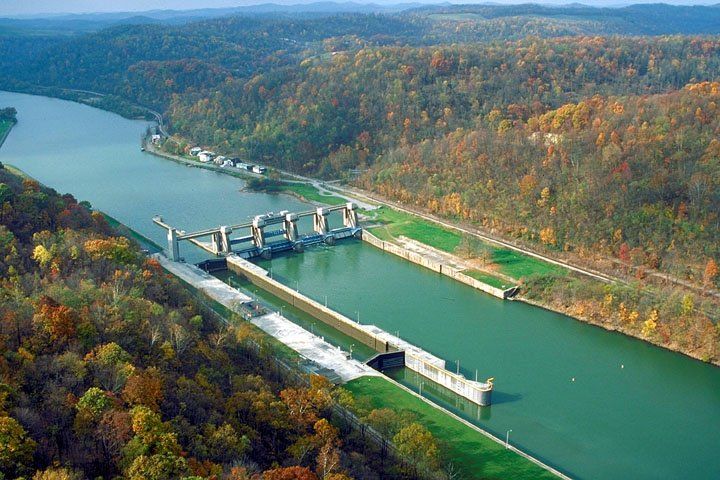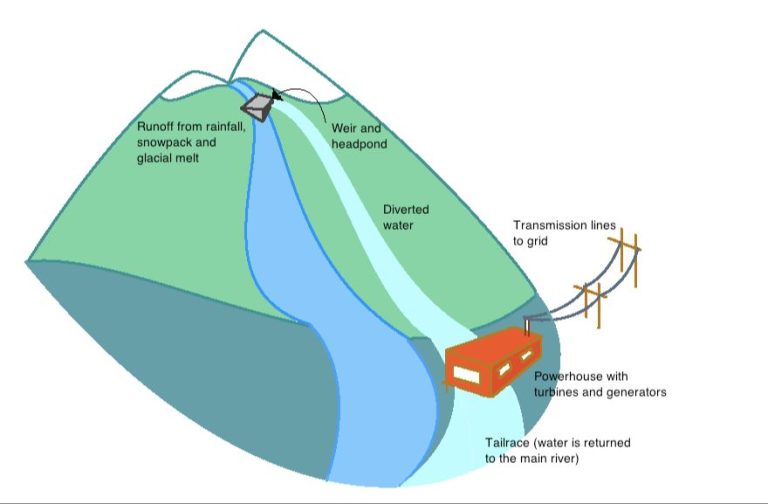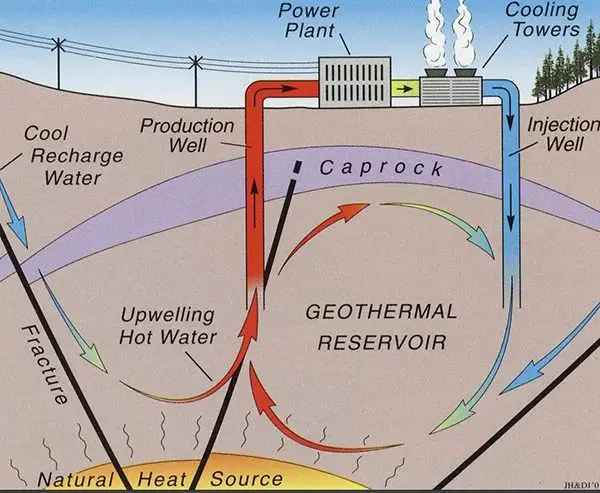Is Hydro Power Real?
Hydro power, also known as hydropower, is the process of using the energy from falling or flowing water to produce electricity. It is one of the oldest and most widely used forms of renewable energy. Hydropower plants capture the energy created by falling or flowing water to generate mechanical power through turbines, which is then converted into electricity by generators.
Globally, there has been rising interest and investments into hydro power in recent years. With concerns over climate change and energy security, many countries are looking to increase renewable energy capacity. Hydropower offers a reliable and affordable clean energy source that can help nations meet emissions reduction targets and increase electrification in remote areas. Major growth regions for new hydropower projects include Asia, South America and Africa.
History
Humans have been harnessing the power of water for centuries. Millers used hydropower to grind grains into flour and sawyers used it to saw logs. By the late 19th century, hydropower became a source for generating electricity. The first hydroelectric power plant opened in Appleton, Wisconsin in 1882, producing about 12.5 kilowatts of electricity. Major dam projects in the early 20th century like Hoover Dam, Grand Coulee Dam, and Bonneville Dam helped expand hydropower infrastructure across America.
Types of Hydropower
There are three main types of hydropower facilities: impoundment, diversion, and pumped storage [1].
Impoundment facilities utilize a dam to store river water in a reservoir. Water released from the reservoir flows through a turbine, generating electricity. Impoundment facilities allow energy production to be controlled based on electricity demand. The reservoirs created by the dams also offer recreational opportunities. Examples of impoundment facilities include the Hoover Dam and Grand Coulee Dam [1].
Diversion facilities, also known as run-of-river, channel a portion of a river through a canal and through a turbine. They do not utilize dams or reservoirs, so energy production varies based on river flow. Diversion hydropower has a low impact on the surrounding environment. Examples include small hydropower plants along the Mississippi River [2].
Pumped storage facilities utilize two reservoirs at different elevations. Water is pumped up to the upper reservoir during times of low electricity demand. During periods of high electricity demand, water is released to the lower reservoir through a turbine to generate electricity [1].
Hydropower Technology
The core technology that enables hydropower energy production involves converting the kinetic energy of flowing water into mechanical energy to run electrical generators. This process utilizes several key components:
Water turbines like Kaplan, Francis and Pelton wheels are used to capture the kinetic energy from moving water. Kaplan turbines are propeller-like and used for low-head hydropower plants. Francis turbines have fixed vanes and are the most common type used today. Pelton wheels utilize cupped buckets attached to a wheel and are suitable for high heads.
The hydropower plant contains generators and other components like the dam, reservoir, intake gates, and water conveyance structures. The generators, located in the powerhouse, convert the mechanical rotation into electrical energy. Most hydro generators produce three-phase AC power.
Transmission lines, often miles long, are needed to deliver the electricity from the hydropower source to substations before distribution to homes and businesses. High voltage transmission reduces energy losses over long distances.
Sources: Hydropower – Supply Chain Deep Dive Assessment, Components of a Hydropower Plant and their Functions
Capacity and Generation
Global installed hydropower capacity reached 1,330 gigawatts in 2020, according to the 2021 Hydropower Status Report (https://www.hydropower.org/publications/2021-hydropower-status-report). China leads the world with over 400 gigawatts of installed capacity as of 2022, followed by Brazil, Canada, the United States, and Russia (https://www.statista.com/statistics/474652/global-total-hydropower-capacity-in-major-countries/). In terms of generation, global hydropower produced over 4,300 terawatt hours in 2020. The top producing countries were China, Brazil, Canada, the United States, and Russia (https://www.statista.com/statistics/474799/global-hydropower-generation-by-major-country/). While hydropower capacity and generation continues to grow globally, other renewables like wind and solar have seen faster growth rates in recent years.
Benefits
Hydropower provides many benefits beyond just generating electricity. As a renewable energy source, hydropower does not emit greenhouse gases or other pollutants when operating, making it a clean and sustainable form of power. Hydropower facilities also have potentially low operating costs once built, as the fuel source (flowing water) is free.
The reservoirs created by hydropower dams provide opportunities for water storage and flood control. The stored water can be used for drinking, irrigation, and recreation. Many hydropower reservoirs become popular destinations for activities like boating, swimming, and fishing. The reservoir lake and surrounding areas offer increased tourism potential and revenues. Major hydropower facilities like the Hoover Dam and Niagara Falls generate significant visitor interest and boost local economies through associated restaurants, hotels, tours, and more.
Overall, hydropower provides clean, renewable electricity as well as storage, flood control, water supply, and recreation benefits.
Challenges
There are several challenges associated with hydropower that limit its growth and adoption:
The construction of large dams and power plants requires very high initial infrastructure costs. According to the National Hydropower Association report, the average cost for hydropower development is estimated between $1,500 – $3,500 per kW of capacity.
Hydropower dams and reservoirs can negatively impact the local environment and ecosystems. The presence of dams can obstruct fish migration and affect their population and breeding. The reservoirs created by dams also increase sedimentation in the rivers, impacting water quality and habitats downstream [1].
Hydropower generation heavily relies on water flows and levels. During times of drought or reduced rainfall due to climate change, water levels in reservoirs drop, limiting power output. According to one study, hydropower facilities across many states generate around 10-15% less electricity during periods of drought.
The geographical limitations can also restrict hydropower growth. Suitable sites with fast flowing water are required to make hydropower feasible and cost-effective. This restricts widespread adoption across all regions.
Recent Trends
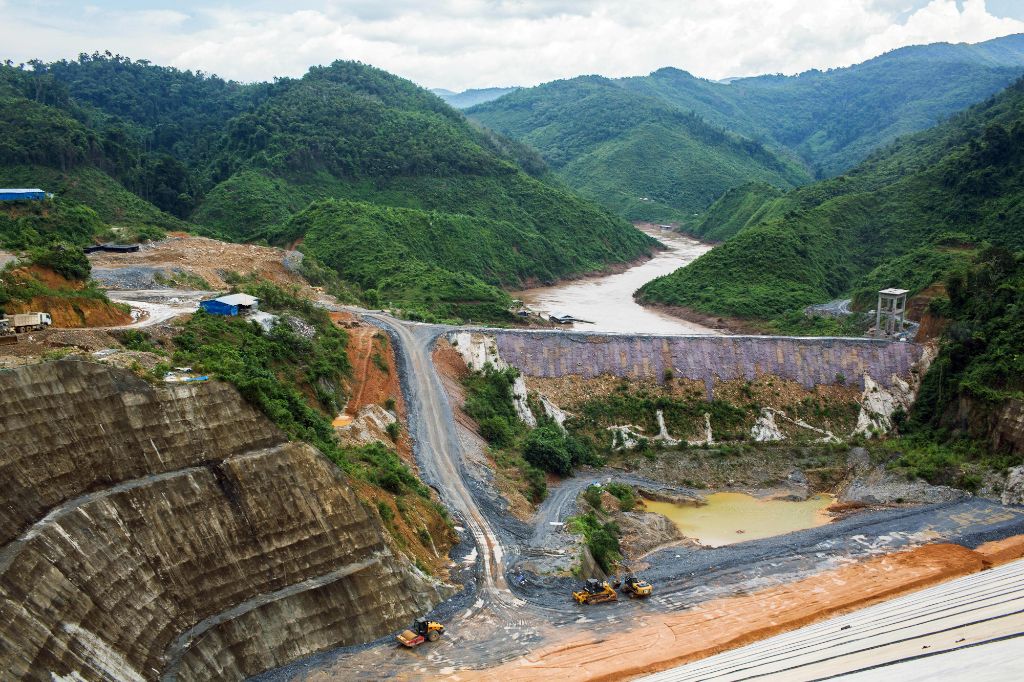
In recent years there have been some notable trends in hydropower technology focusing on growth in small hydro and new more efficient and environmentally friendly technologies.
According to the Department of Energy, there has been growth in small hydropower projects under 10 megawatts which can provide power to isolated areas or supplement larger projects. Small hydro is seen as having lower environmental impacts.1
New technologies are also being developed for more efficient and fish-friendly hydropower turbines. For example, Alden Lab and Voith Hydro are testing new minimum gap runner designs to allow fish passage through turbines.2
Pumped storage hydropower is also playing an important role in grid reliability as it allows energy storage to balance variable renewable sources like wind and solar. Pumped storage reuses water between an upper and lower reservoir to store energy.1
Future Outlook
Hydropower is projected to continue growing globally, especially in developing regions like Africa, Asia, and South America. According to the International Energy Agency, the fastest growth in hydropower globally through 2040 is expected in India, Africa, and Southeast Asia.1 There are still many untapped hydropower resources worldwide that could be developed.
New innovations are also coming online that will increase hydropower capacity. Marine hydrokinetics, like wave and tidal energy, are an emerging technology that harness the energy of waves and tides to generate electricity. While still in the early stages of development and commercialization, marine hydrokinetics have significant potential for future growth.2
Hydropower will continue to play an important role in renewable energy mixes around the world. The ability to provide flexible, on-demand renewable power makes hydropower a valuable complement to variable renewables like wind and solar. Most projections show hydropower remaining one of the largest sources of renewable electricity globally through 2050 and beyond.
Conclusion
In conclusion, hydropower is a reliable, renewable energy source that will continue playing a major role in the world’s renewable energy future. Hydropower provides over 16% of the world’s electricity from facilities in over 150 countries. Its main benefits are its low operating costs, flexibility to meet peak demands, and lack of greenhouse gas emissions. While hydropower does face challenges like high upfront costs, ecosystem impacts, and drought sensitivity, technologies like pumped storage and small hydro help overcome some of these. With most large-scale sites already developed, future hydro growth will come from upgrades at existing dams, small hydro, and initiatives like marine energy. Overall, hydropower’s renewable nature, flexibility, and worldwide scale mean it will remain a critical part of the global clean energy transition.

